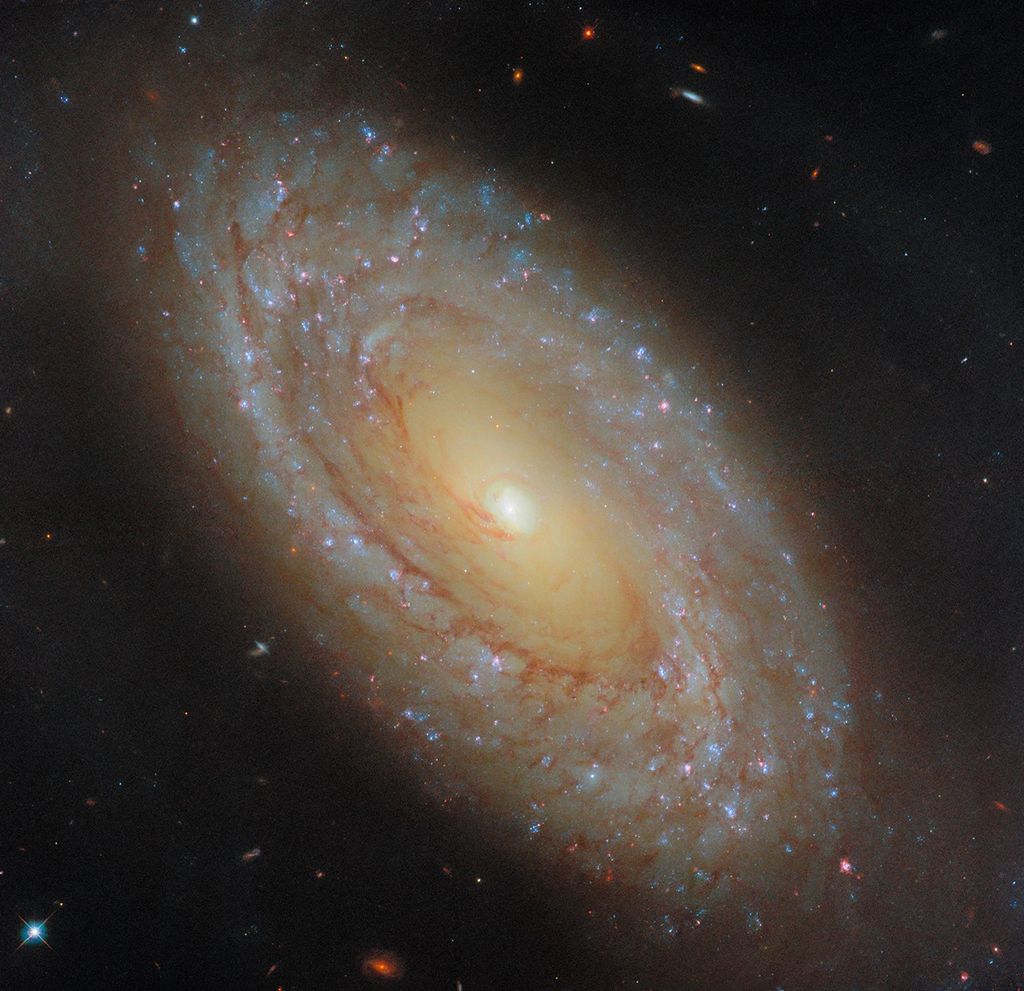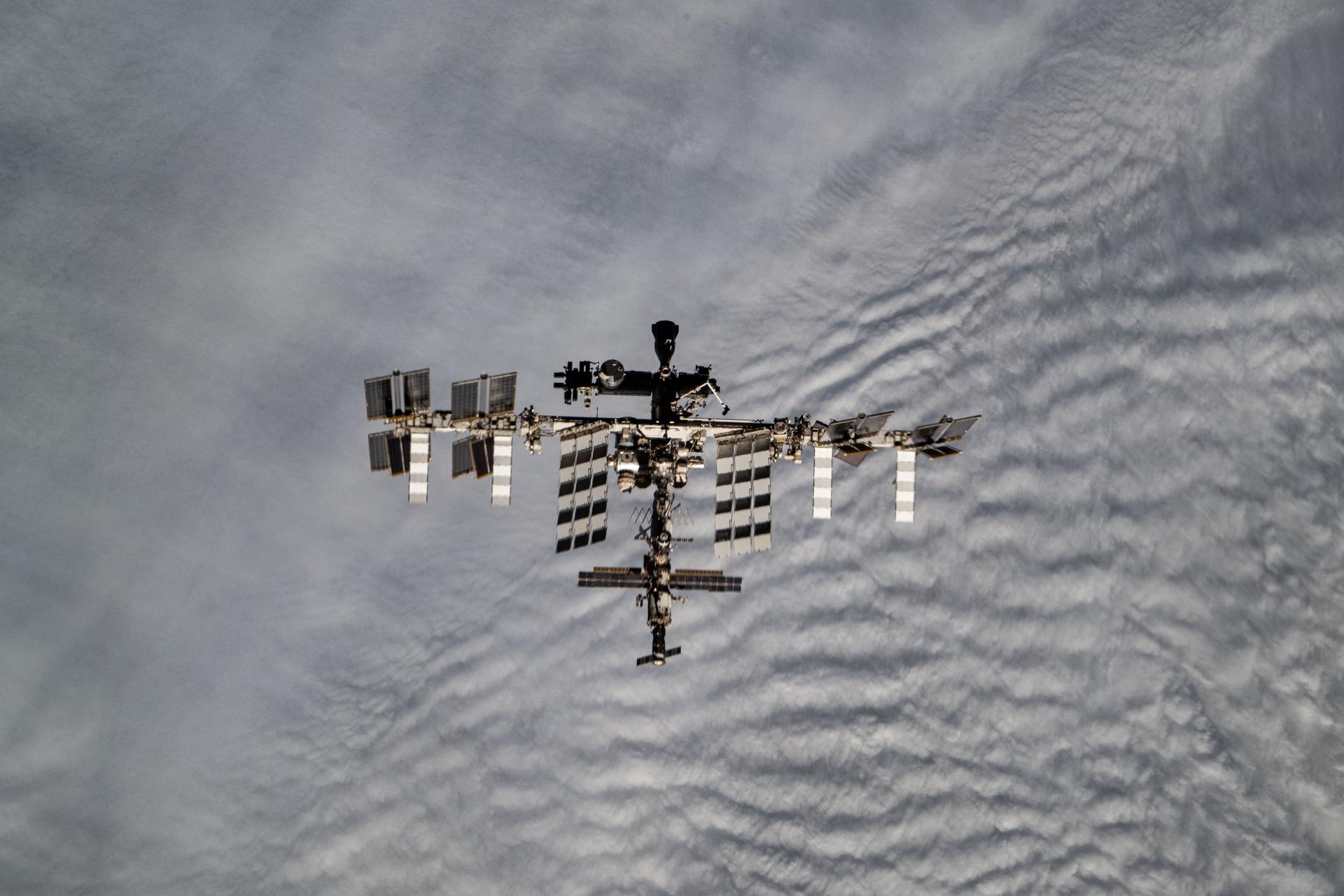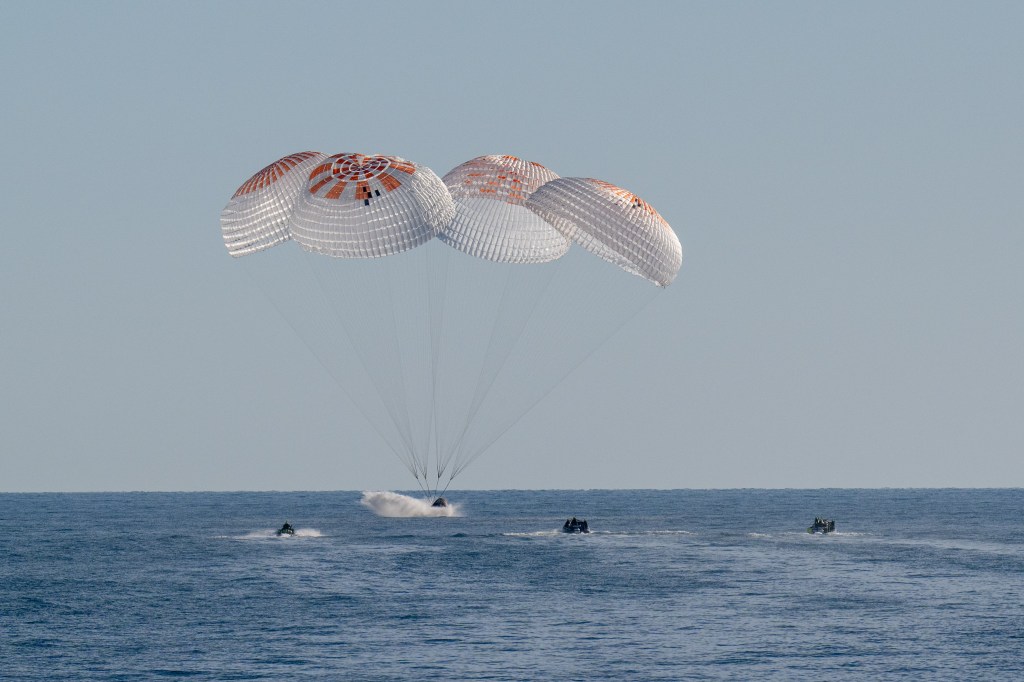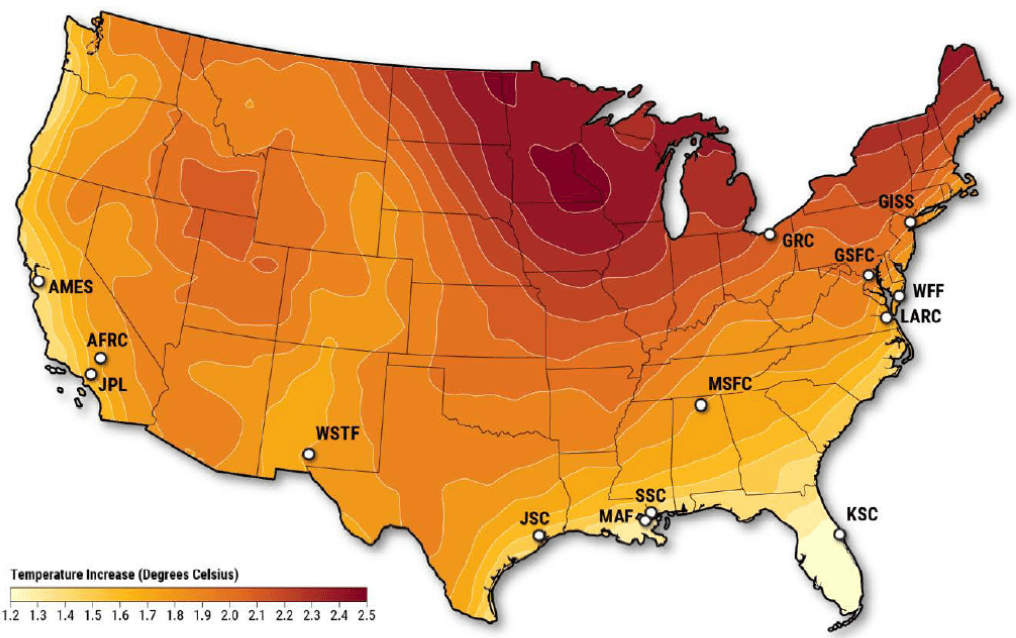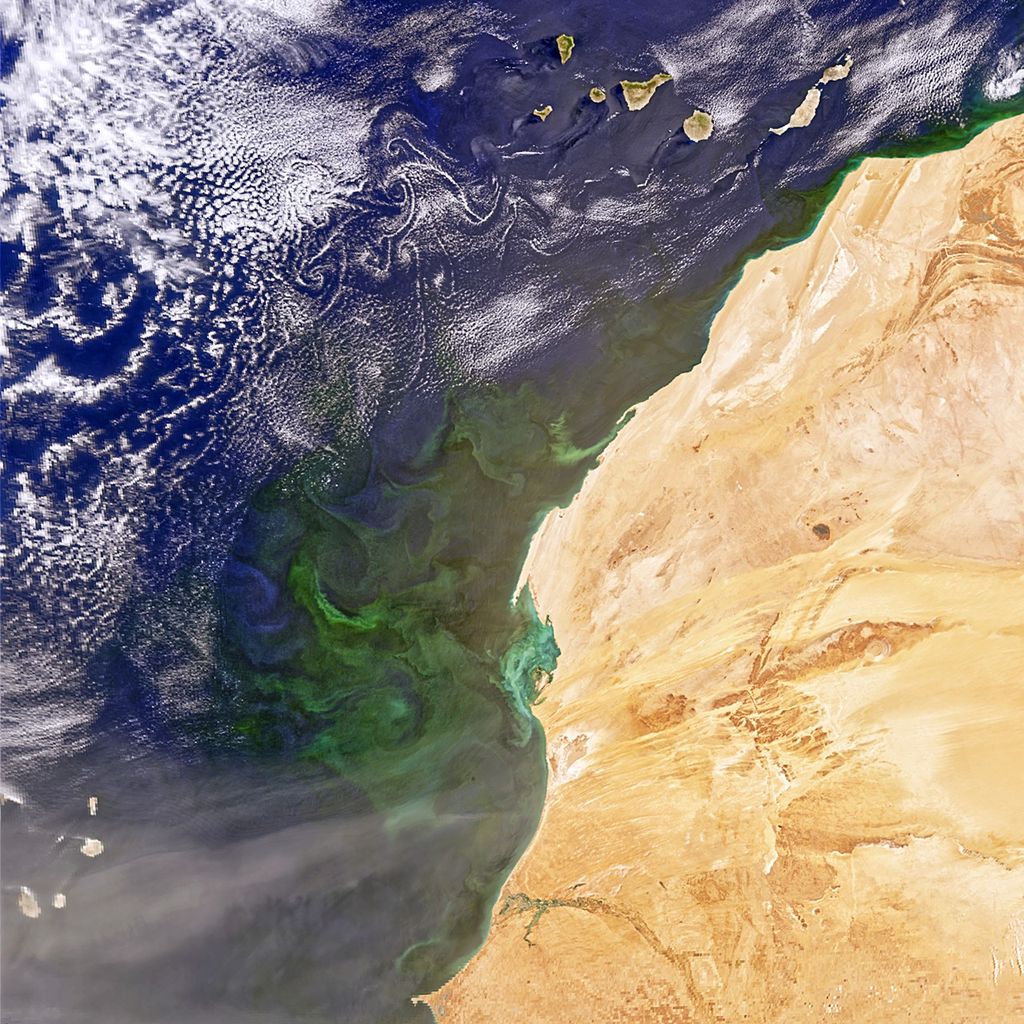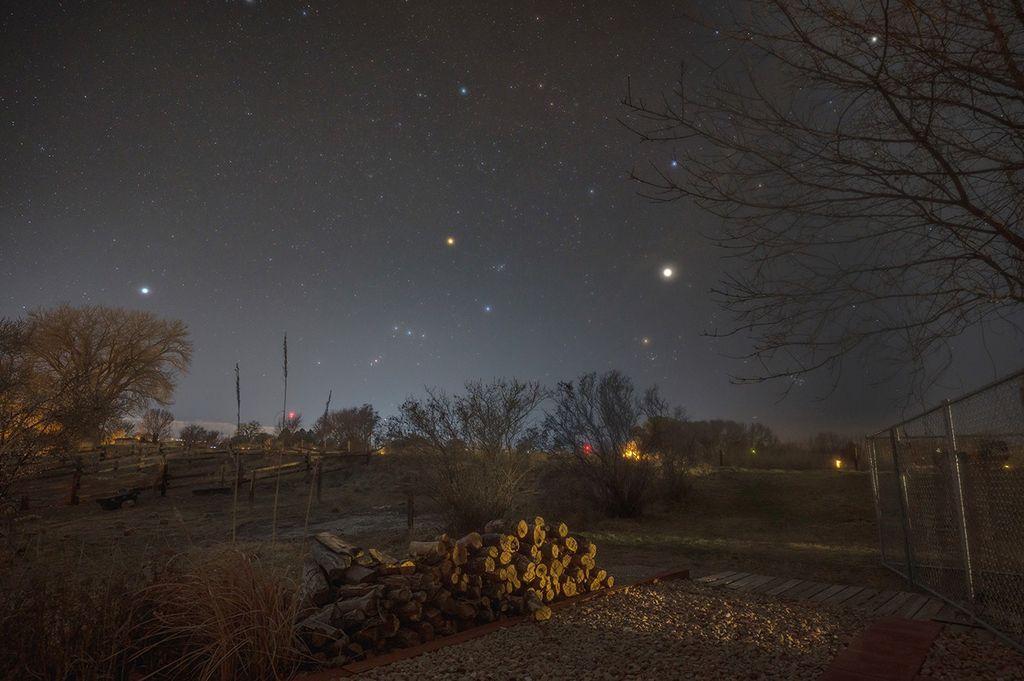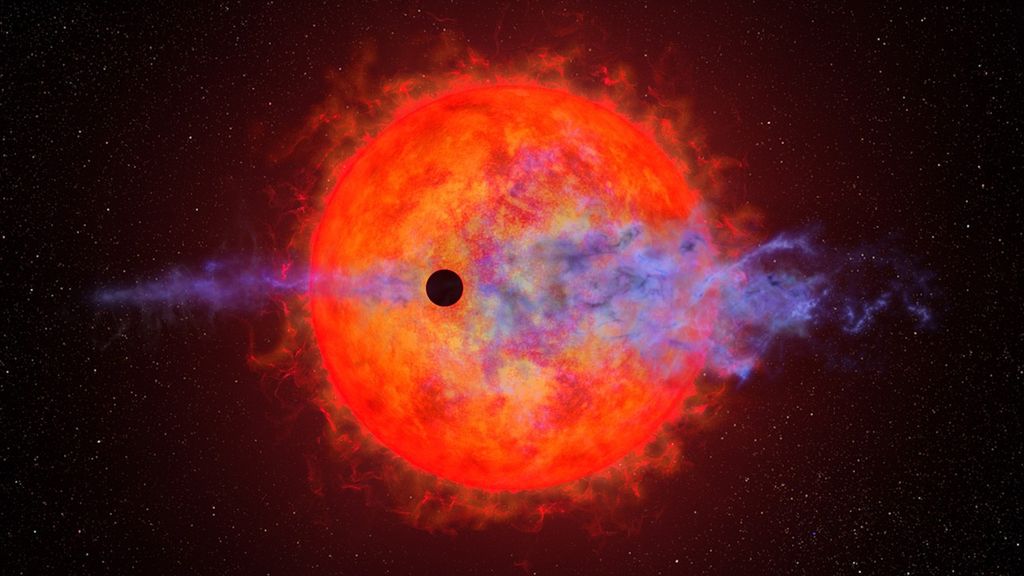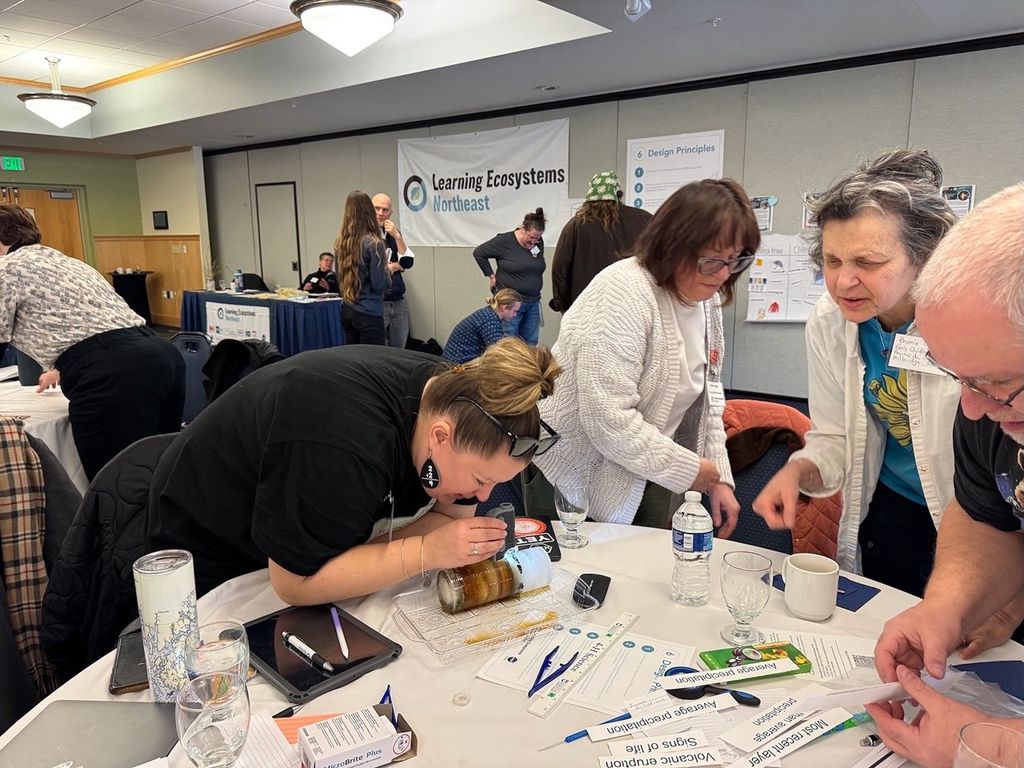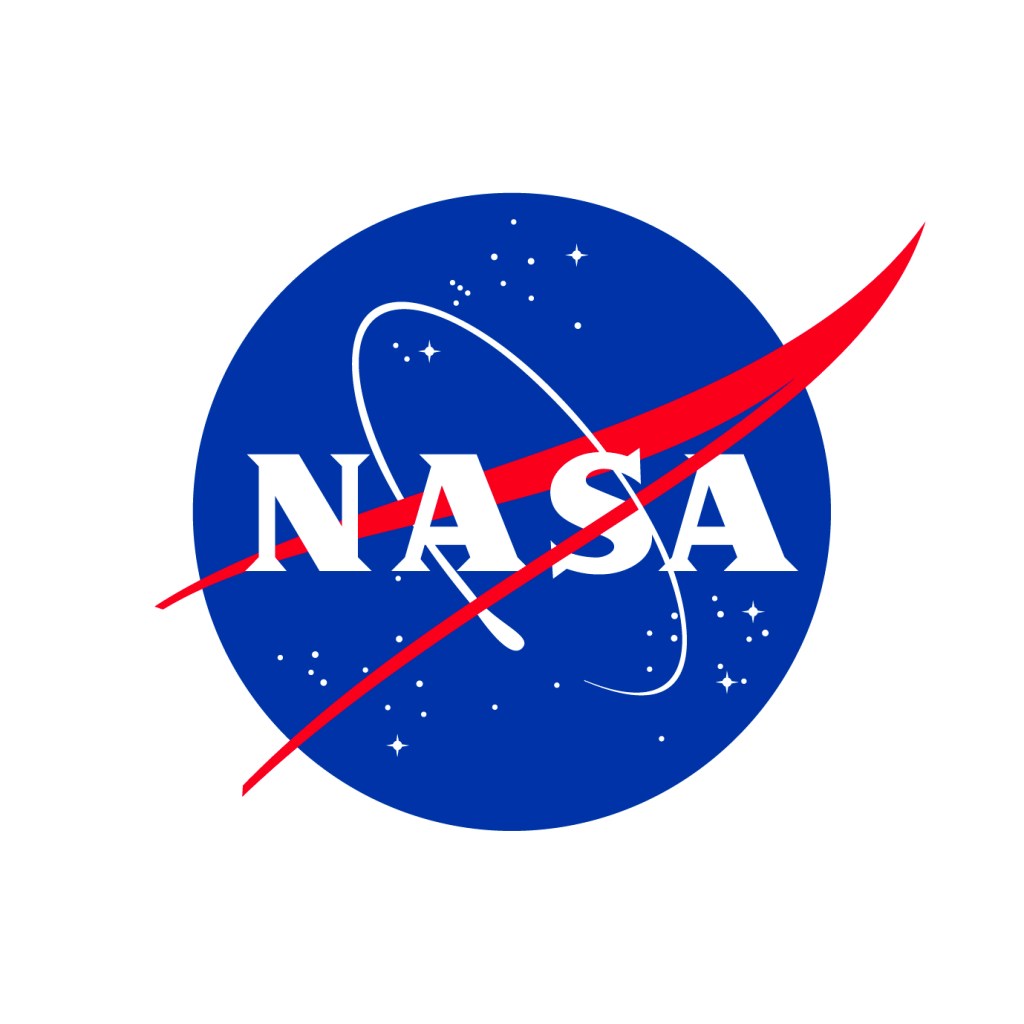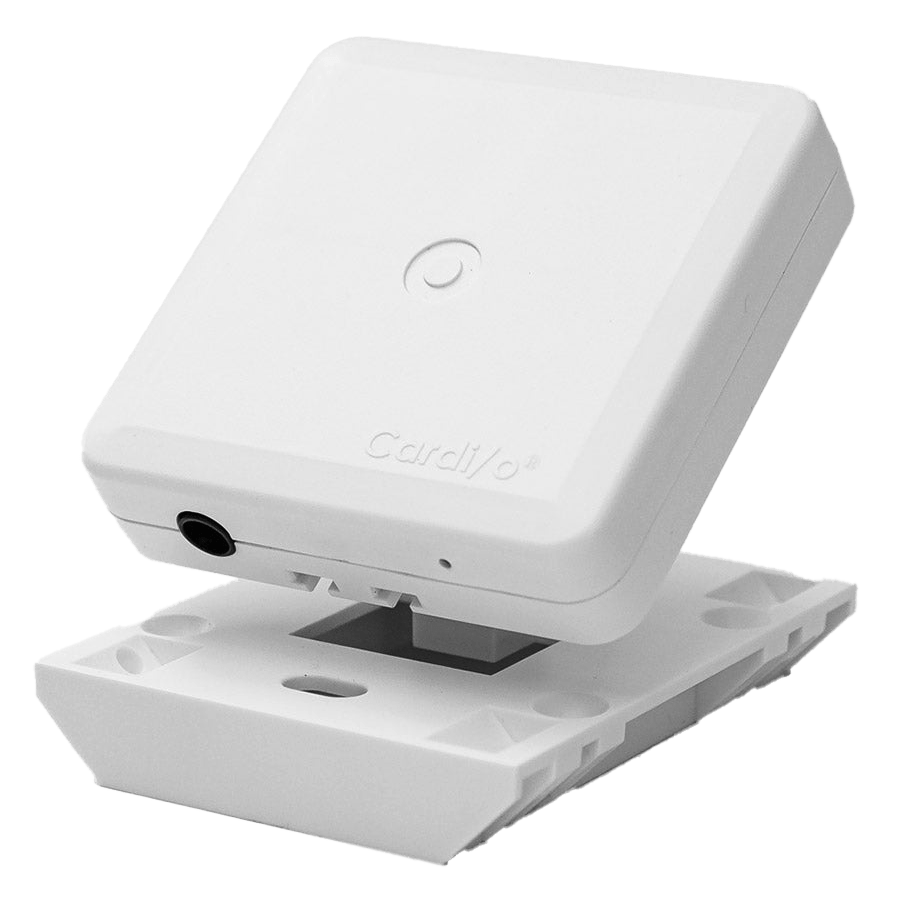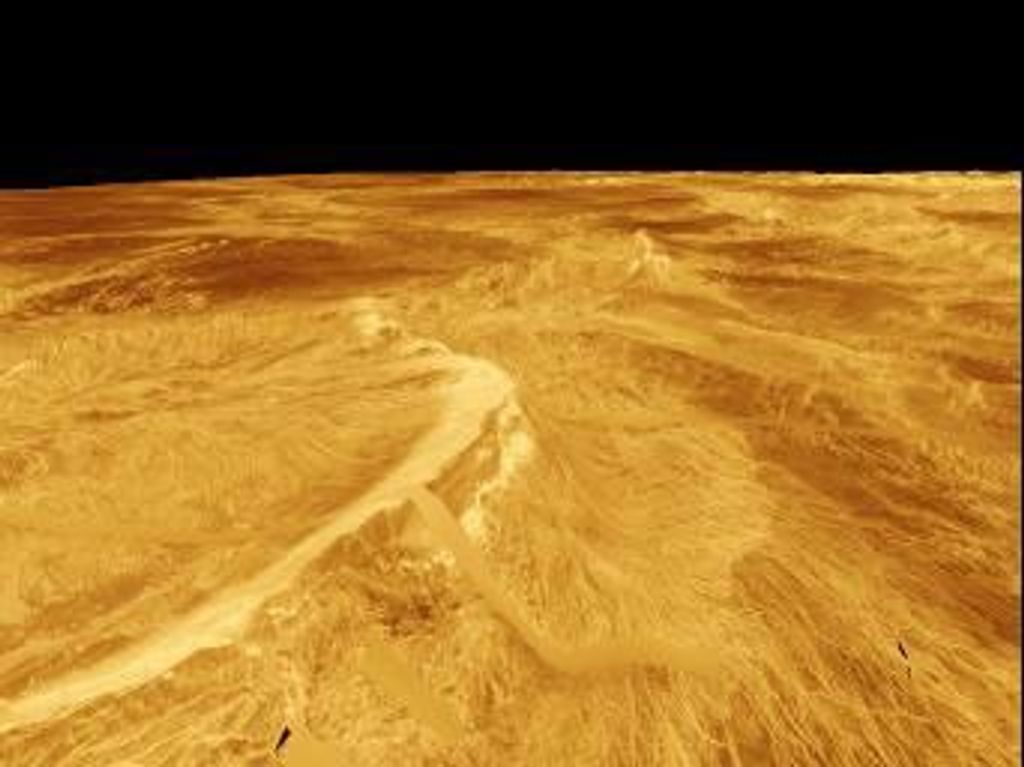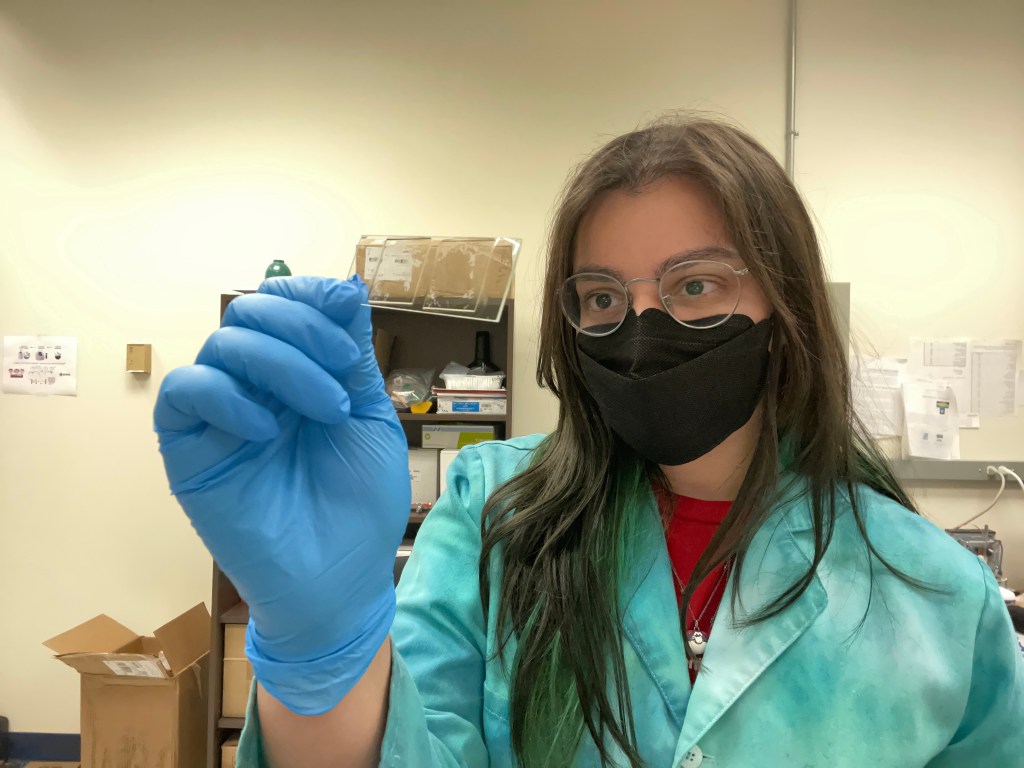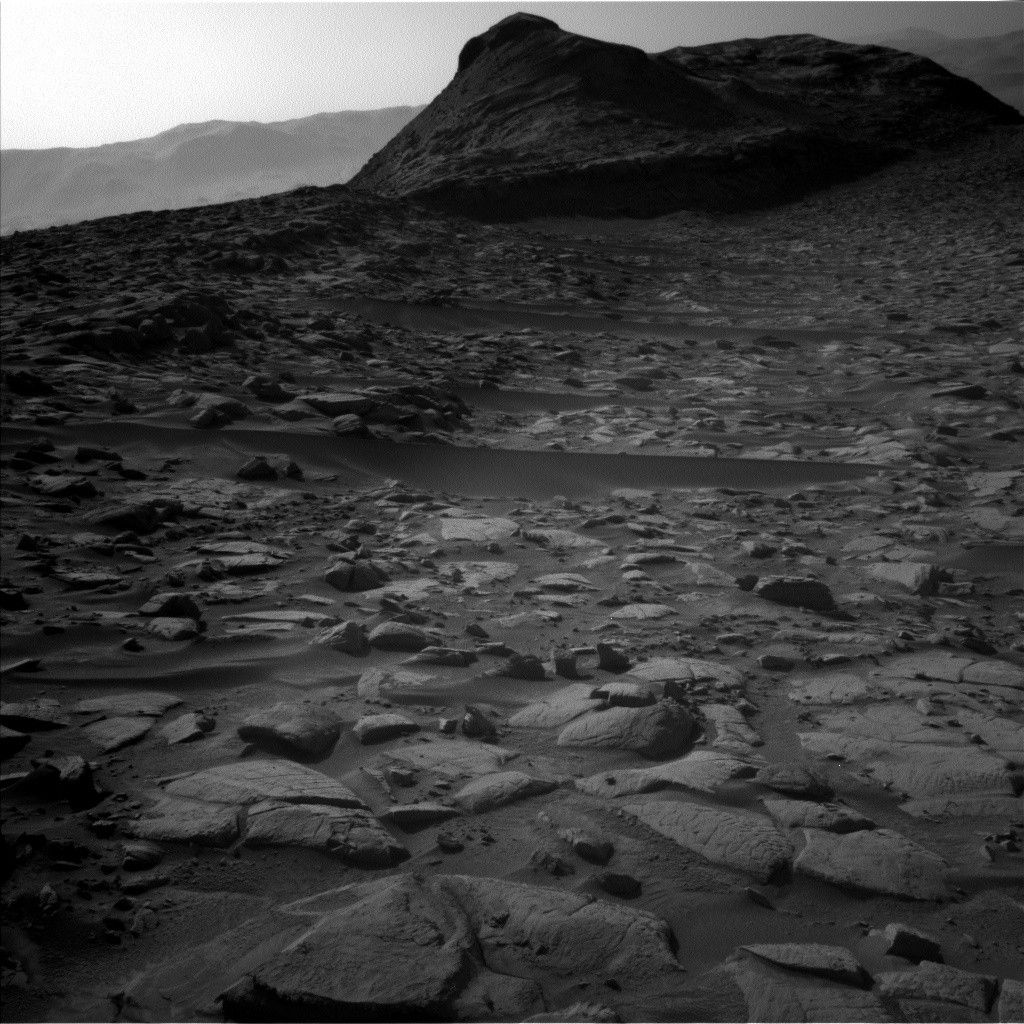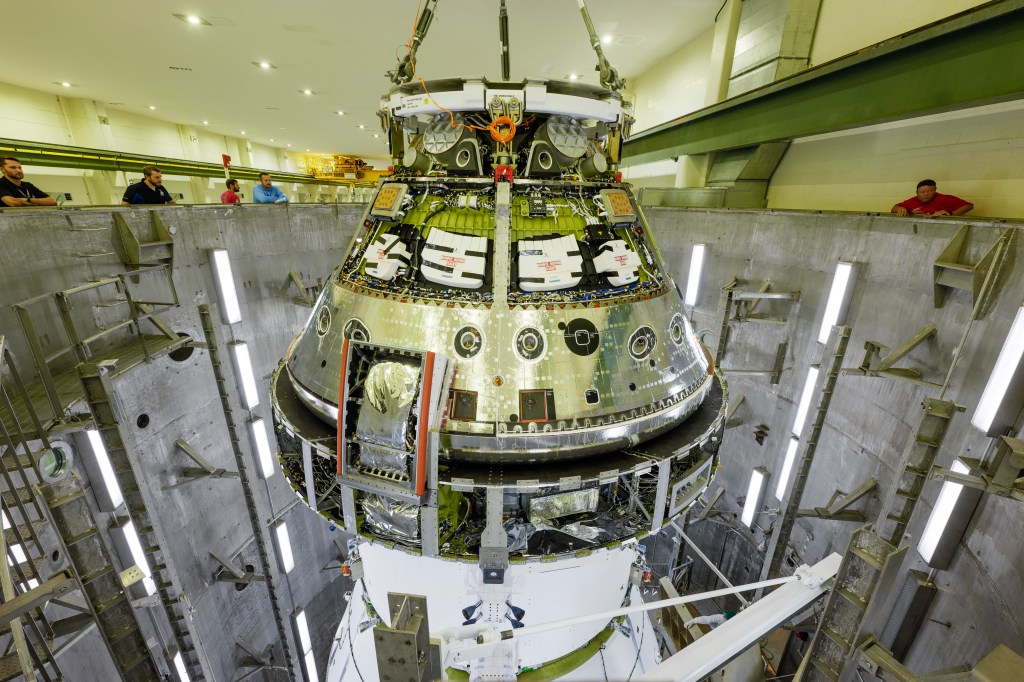In the Shadows of Pluto and Charon
Today’s post is written by Josh Kammer, a New Horizons postdoctoral researcher at the Southwest Research Institute (SwRI) in Boulder, Colorado. Josh came to SwRI directly after his PhD in planetary science from Caltech; his undergrad work in chemistry was at Texas A&M. Josh’s work on New Horizons focuses on analysis of ultraviolet spectra acquired by the Alice instrument.
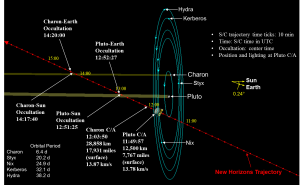
As someone who primarily studies atmospheres, I think the most exciting observations made by New Horizons this past summer were the solar occultations by Pluto and Charon. Achieving the required alignment of spacecraft, planet and the sun during an occultation was a difficult challenge – especially when there was a significant amount of uncertainty in the exact position of Pluto at the moment of New Horizons’ flyby. However, the mission planners and our navigation team were able to take this uncertainty into account, and not only managed to thread the eye of the needle by flying New Horizons through Pluto’s shadow, but through a portion of Charon’s shadow as well!
Chasing After Shadows
So why is this so exciting from an atmospheric science point of view? Well, scientists had previously used stellar occultations by Pluto and Charon as seen from Earth to probe for possible atmospheres. In those cases, they looked at more distant stars as they passed behind Pluto and Charon. From the dips in starlight, they found plenty of evidence for an atmosphere around Pluto, but nothing to indicate an atmosphere around Charon.
There are limitations to ground-based observations of stellar occultations, however – the Earth’s own atmosphere absorbs starlight as well, especially at many scientifically valuable wavelengths. Also, the brightest star in the sky, the sun, can’t be used for such observations from Earth, since the observer needs to be on the other side of Pluto to find the sun’s shadow. New Horizons was, therefore, the first spacecraft in history to be able to observe such a solar occultation in the Pluto system – and its proximity meant that it had the highest sensitivity by far to detect the individual constituents of Pluto’s atmosphere, and to probe even closer to find a possible atmosphere around Charon. Being outside the atmosphere of Earth also meant that the whole solar spectrum was available for study, including a key region of the ultraviolet where many molecules interact with sunlight.
Scanning for ‘Fingerprints’ in the UV
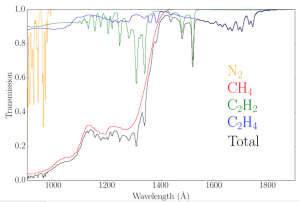
So how do we detect different components of atmospheres using occultations? Depending on composition, atmospheres will absorb sunlight more strongly or weakly at different wavelengths. Each individual component of the atmosphere has its own ‘fingerprint’ that varies with wavelength – and one of the most revealing parts of the solar spectrum is in ultraviolet (UV) wavelengths, where even very thin atmospheres absorb strongly. Mission scientists designed the Alice UV spectrograph onboard New Horizons to detect the ‘fingerprints’ of a wide range of possible molecules that we expected to find on Pluto, including nitrogen (the most prevalent molecule in our own atmosphere), as well as hydrocarbons like methane.
These particular molecules are interesting for many reasons. For one, Pluto is so cold at its distance from the sun that these components of its atmosphere can freeze onto the surface and form nitrogen and methane ice. These same molecules can also react in the atmosphere to form heavier hydrocarbons, nitriles, and even hazes, which can clearly be seen in some spectacular images of Pluto already sent back by New Horizons.
Analyzing the Data
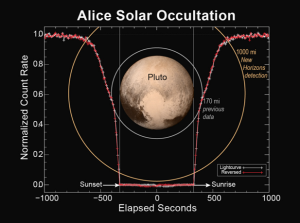
Immediately following the flyby, initial results from Alice and New Horizons included count rates of the combined amount of sunlight in the UV, which was consistent with our expectations of a nitrogen atmosphere with other hydrocarbons present like methane. These absorption profiles revealed for the first time just how far the atmosphere of Pluto extends, and also showed that it is very symmetric during both sunrise and sunset on Pluto. There was also tantalizing evidence for some kind of haze that could be seen over 100 miles (160 kilometers) above the surface.
It wasn’t until just last month that New Horizons sent back the spectra to Earth with information about the transmission of sunlight as a function of wavelength in the UV. This exciting new data allows us to analyze the individual chemical components of Pluto’s atmosphere even further, determining how composition changes with altitude. We are also using similar data for Charon to probe even deeper for a possible atmosphere there, too – these results and a lot more are coming soon, so stay tuned!


